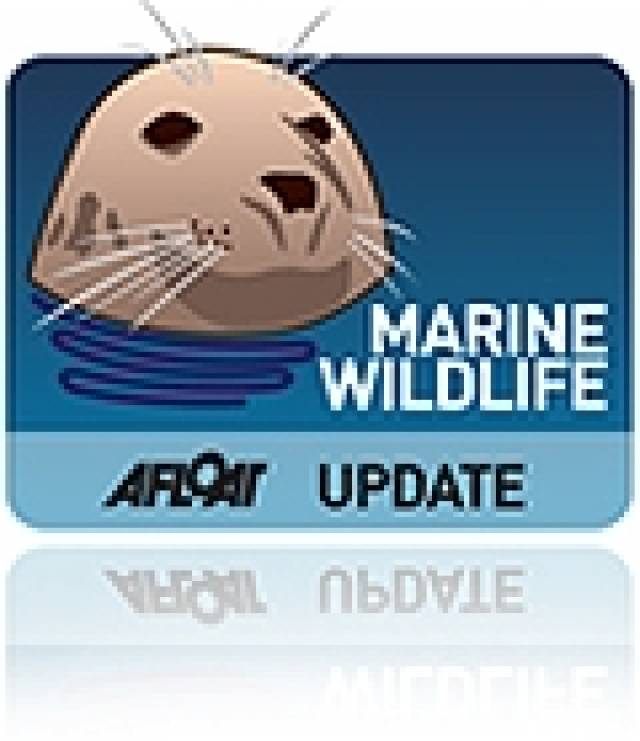Atlantic Dolphins choose to eat high-energy fish to suit their energetic lifestyles, scientists have found.
A study of dolphins off the French coast shows that dolphins shy away from less calorie-dense prey in favour of high-energy food. This dispels a myth that dophins are opportunistic feeders that take any food that comes their way.
The study was carried out by Dr Jerome Spitz and other scientist at the University of La Rochelle in France, who looked at the eating habits of short-beaked common dolphins.
This species are the most common type of dolphin in nearby Atlantic waters. The team studied the stomach contents of dolphins caught accidentally in tuna drift nets to see what they ate. They then compared what they found in the dolphins' stomachs with what surveys of trawling fish catches indicated as plentiful in the same waters.
What they found was that dolphins actively select their prey based on its energy density, preferring deep-sea species like lanternfish instead of fish that have lower energy densities.
The dolphins studied turned their noses up at fish with under 5kJ of energy per gram, and sought out rarer breeds of fish that had a higher energy rate.
Two favourites were less common species of lantern fish, the Kroyer's lanternfish and the Glacier lanternfish which have 7.9kJ and 5.9kJ per gram respectively. Other less energetic predators, like sharks, are less fussy and take anything that's going.































































